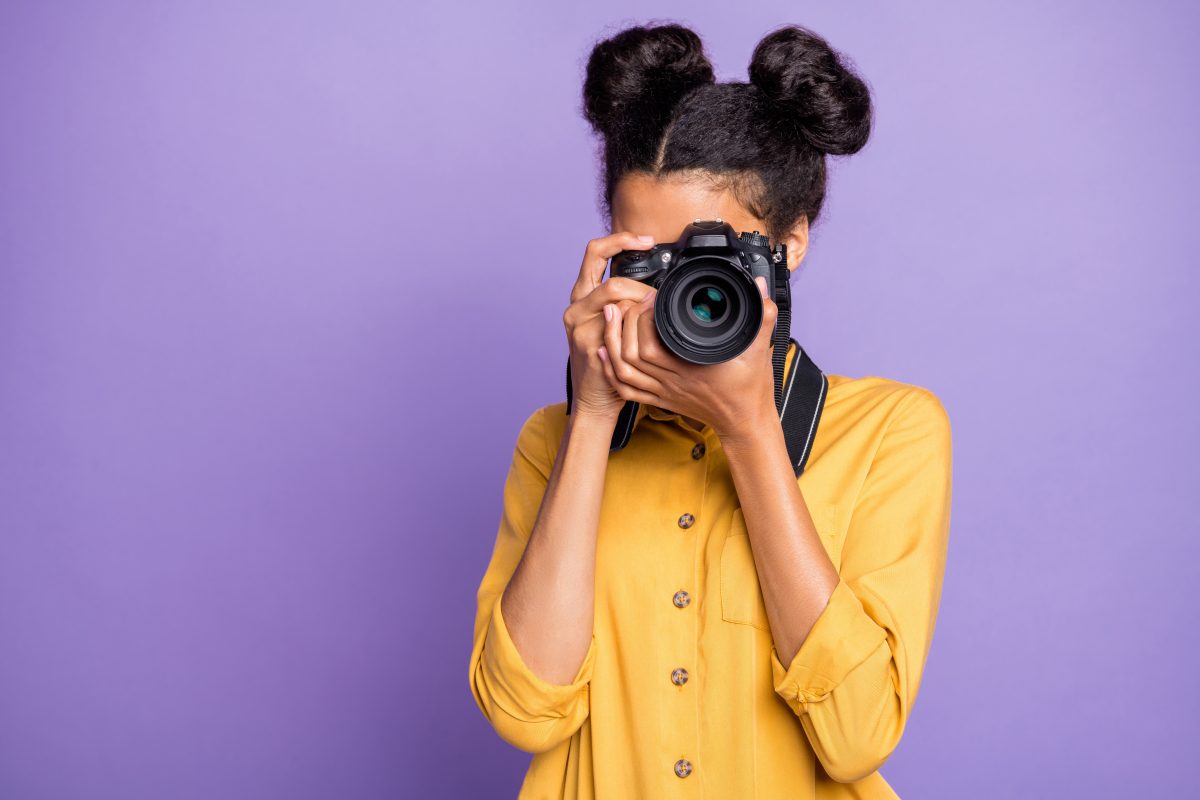Reading Time: 13 minutes read
Photographers speak their own language. They reference shutter speed, fields of view, aperture and lighting. It’s all for that perfect shot. Don’t be intimidated or discouraged if you don’t speak the lingo. With a basic photography dictionary to reference, you’ll be up to speed in no time.
Camera term descriptions
Aperture, Focal length, Hot shoe, Image sensor, IS, ISO, Manual, Shutter speed, Single-lens reflex, Viewfinder
Lighting term descriptions
Exposure, Flash synch, Golden hour, Light meter, White balance (WB)
Composition and shooting term descriptions
Burst mode, Candid, Composition, Depth of field, Focus, High dynamic range (HDR), Scene mode, Timelapse, Yellow filter, Zoom
Image term descriptions
Aspect Ratio, Bokeh, Contrast, Metadata, File data, Noise, Pixel, Resolution, Tonal range, Watermark
Below are definitions for many of the words and phrases used by photographers with some professional photo tips included.
Photography Dictionary: Camera Terms
Aperture refers to the size of the opening in the lens. The size of the aperture determines how much light is allowed through. It’s controlled by a device within the camera lens called the diaphragm. Aperture is measured in f-stops. A small f-stop (f/1.8) means it has a wide opening; a large f-stop indicates a narrow opening. Aperture also determines how much of the image is in focus.
Aperture
Aperture refers to the size of the opening in the lens. The size of the aperture determines how much light is allowed through. It’s controlled by a device within the camera lens called the diaphragm. Aperture is measured in f-stops. A small f-stop (f/1.8) means it has a wide opening; a large f-stop indicates a narrow opening. Aperture also determines how much of the image is in focus.
Focal Length
This is the distance between the center of the lens and the camera sensor. It determines the angle of view and magnification of the subject. Focal length is measured in millimeters and is used to categorize different types of lenses.
- Wide-angle lens: smaller than 35 mm
- Standard lens: 35 – 70 mm
- Medium telephoto lens: 70 – 135 mm
- Telephoto lens: greater than 135 mm
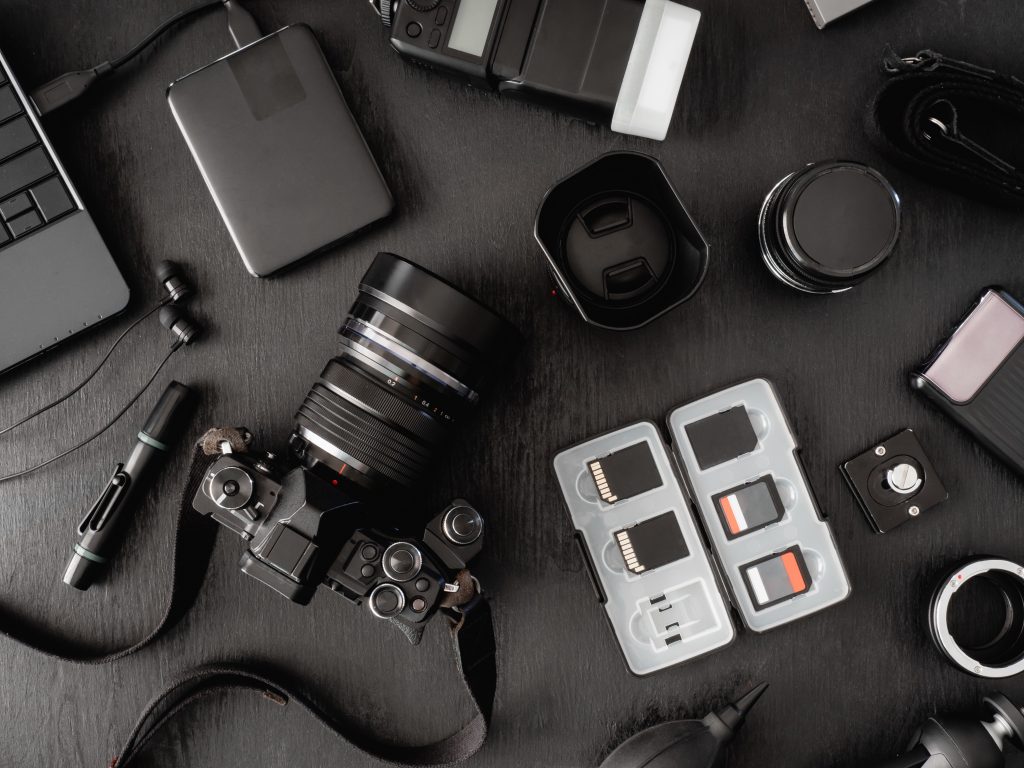
Hot Shoe
The hot shoe is a mounting spot on top of a camera. It’s used to attach camera accessories, such as a flash unit.
Image Sensor
This is the part of the camera’s hardware that captures light and converts what you see in the viewfinder to an image. It’s the electronic version of film.
IS
IS stands for image stabilization. It’s a technology that reduces the effects of vibration. IS can be integrated into the camera body or lens. IS technology is meant to be used when hand-holding the camera only.
ISO
ISO indirectly refers to the International Organization for Standardization. Adjust it on your camera to determine the image sensor’s sensitivity to light. A high ISO (ISO 3200) indicates the camera is very sensitive to light. This would be best suited for evening shots or settings with low light. Whereas, low ISO (ISO 100) means the camera is not that sensitive to light and can be used for daytime shoots.
Manual
Manual is a camera mode that allows the photographer to set the exposure. In manual mode, you select the aperture, shutter speed and ISO. Manual can also refer to “manual focus,” where you set the focus by hand.
Shutter Speed
The shutter opens and closes to let light in when a photographer snaps a picture. The shutter speed describes how long the shutter stays open. This is measured in seconds or fractions of a second (i.e. 1/200 s). The longer the shutter stays open, the more light that comes in. Longer shutter speeds are vulnerable to movement. Any movement while the shutter is open will create a blurry image.
Single Lens Reflex
This is a camera with a single lens that creates an image reflected to the viewfinder. A digital single-lens reflex camera (DSLR) is one of the most popular and most versatile digital cameras.
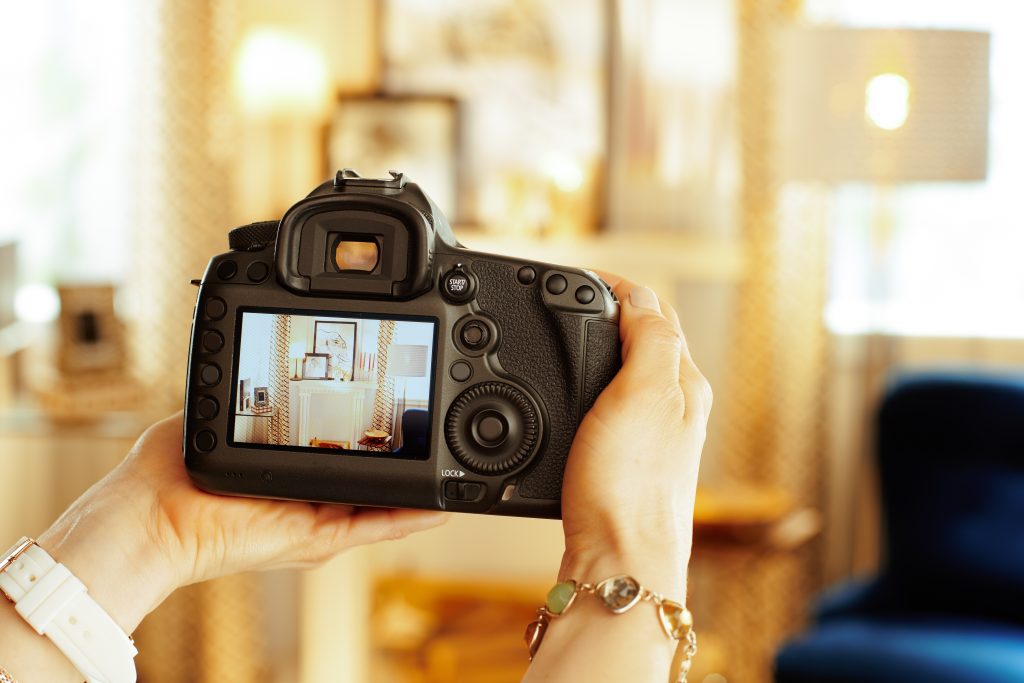
Viewfinder
This is the hole the photographer looks through to take a picture. Not all cameras have a viewfinder.
Photography Dictionary: Lighting Terms
Blue Hour
Blue hour refers to the period of time before sunrise or right after sunset. The sun is just below the horizon, creating indirect sunlight. The evenly diffused sunlight takes on a blue shade. Unfortunately, the blue hour is less than 60 minutes, depending on geographic location.
Exposure
Exposure is the amount of light that reaches the image sensor. Exposure determines how light or dark an image will be. Different levels of exposure can be created by adjusting the aperture, shutter speed and ISO. Long exposure refers to an image created with a long shutter speed. It is often used for landscape photography. If an image experiences overexposure, it will appear washed out or white. Whereas, underexposure results in a photo that is too dark.
Flash Sync
Flash sync on a camera is the feature that determines when the flash fires. In a normal setting, the flash goes off at the beginning of the photo. But you can adjust this by changing the flash sync. For instance, a rear curtain flash sync mode fires the flash at the end of the shot. A rear curtain flash synch shows where the items in motion started, while the front curtain flash shows where the item in motion is going.

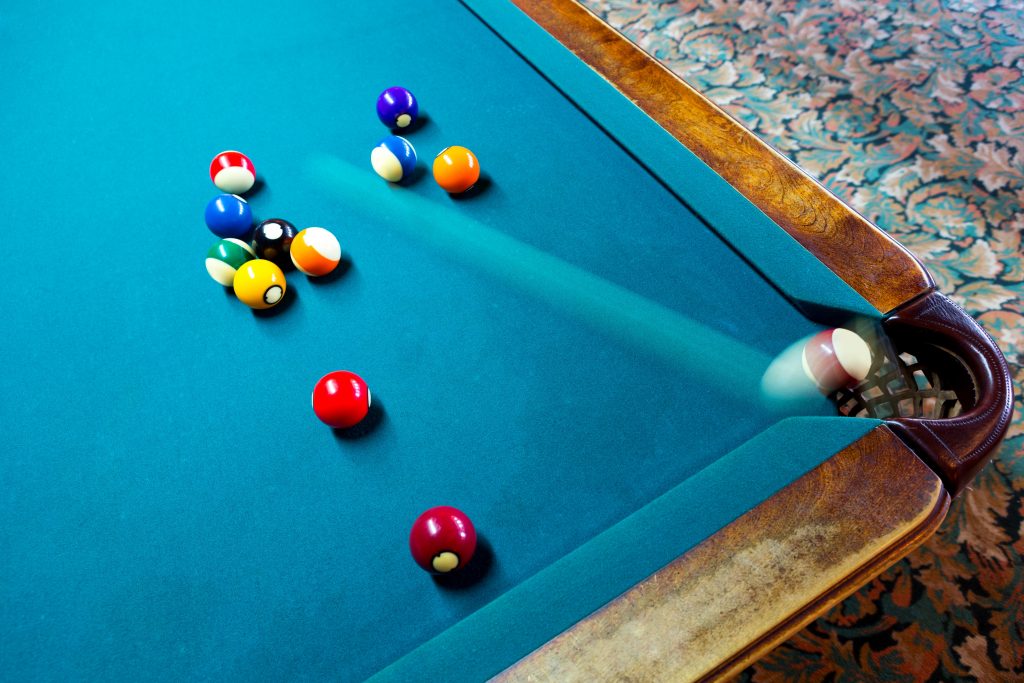
Golden Hour
This is the opposite of blue hour. Golden hour occurs right before sunset and after sunrise. With the sun being so low on the horizon, it takes on a red or warm gold tone.
Light Meter
Most cameras have a built-in light meter. This device measures the scene’s luminosity. A light meter helps photographers determine which shutter speed and f-number to use for optimal exposure.
White Balance (WB)
White balance is a setting that helps the camera adjust to different light sources. The proper white balance accounts for color temperature and removes unrealistic coloring. As a result, what appears white by the naked eye will appear white in the photo.
Photography Dictionary: Composition & Shooting Terms
Burst Mode
Burst mode is a camera setting that continuously snaps photos when the trigger button is down. The burst speed varies from camera to camera. The speed is measured as frames per second (FPS). Burst mode is typically chosen for sports or pet photos.
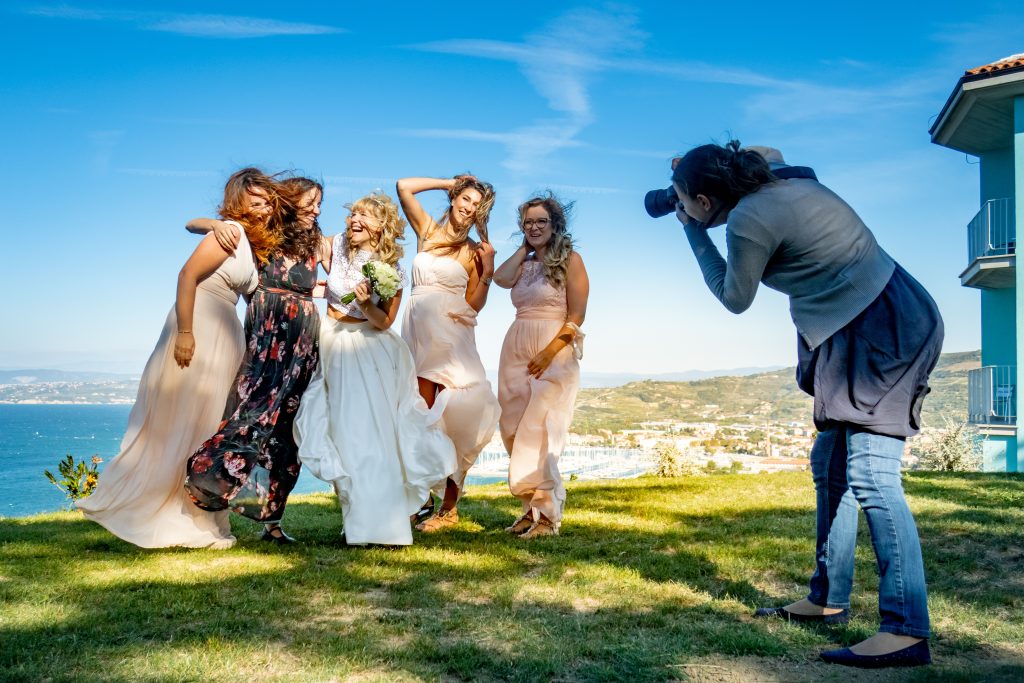
Candid
A photo taken when the subject is not intentionally posing is called a candid. Candid photos can be taken in any setting. Even candid wedding photos are becoming a popular choice. Photographers will capture candid photos by surprising their subjects or snapping when they aren’t aware.
Composition
Composition refers to how the elements of a shot are positioned. Composition is one of the most important concepts in photography. It directs the eye toward a specific point. There are a number of composition rules and techniques.
Depth of Field (DOF)
DOF is the distance between the closest and farthest object within focus. Depth of focus is created by focal distance, aperture and the distance to the subject. In a portrait, the subject is close and the focus narrow. This would be a shallow DOF. Landscape photos have a large portion of the image in focus. This is a large DOF.
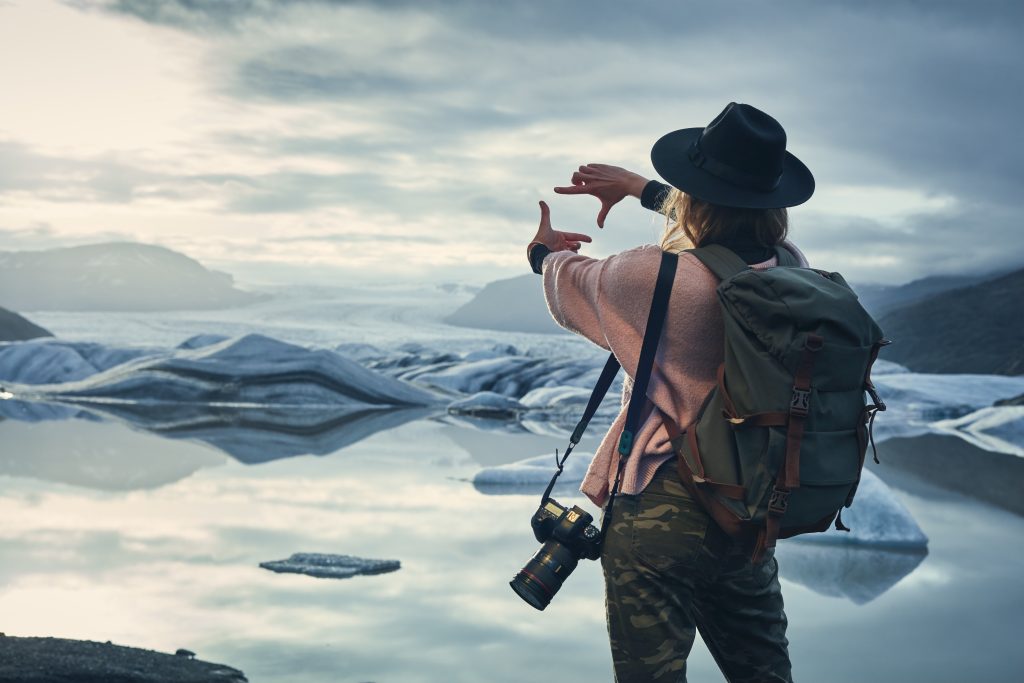
Focus
Focus refers to what the camera is looking at and prioritizing. When a subject is in focus, it’s clear and sharp. When something is out of focus, it appears blurry. The camera’s focus can be adjusted manually or with the autofocus mode. In autofocus mode, the camera decides what to make sharp.
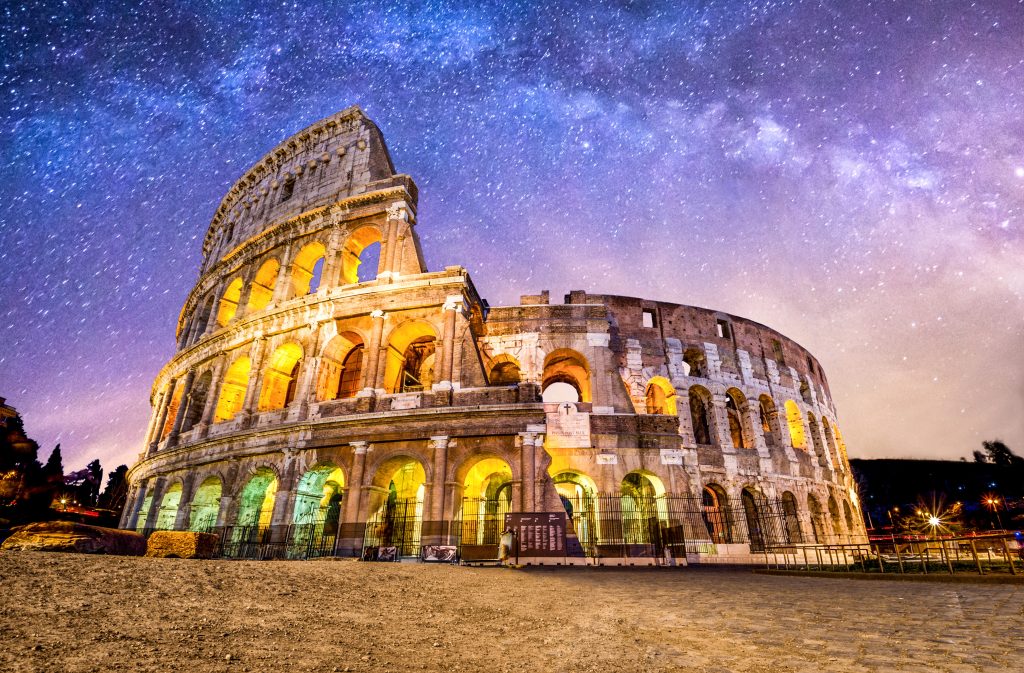
High Dynamic Range (HDR)
High dynamic range is a photography technique. It gives images a wider range than what the camera captures. HDR images are created by combining photos with different exposure values.
Scene Modes
Scene modes are especially helpful to beginner photographers. These are automatic camera modes with pre-determined exposure values. Using scene modes ensures the right exposure and DOF are used for any given lighting scenario.
Time Lapse
This is a photo editing technique that strings several photos together to form a video. The photos are taken of the same subject at different times.
Yellow Filter
Color filters are used to block a specific color from reaching the image sensor. This changes the image’s tonal range. A yellow filter absorbs all colors except yellow. It’s mostly used with black and white photography.
Zoom
Zooming is the process of making a subject appear closer than it really is. This is achieved with a zoom camera lens. Zoom lenses offer the photographer great flexibility in shooting things far away.
Photography Dictionary: Image Terms
Aspect Ratio
Aspect ratio describes the image’s measurements. This is represented as width:height. The aspect ratio of an image is determined by the dimension of the camera’s sensors. Aspect ratio can be changed in post-processing.
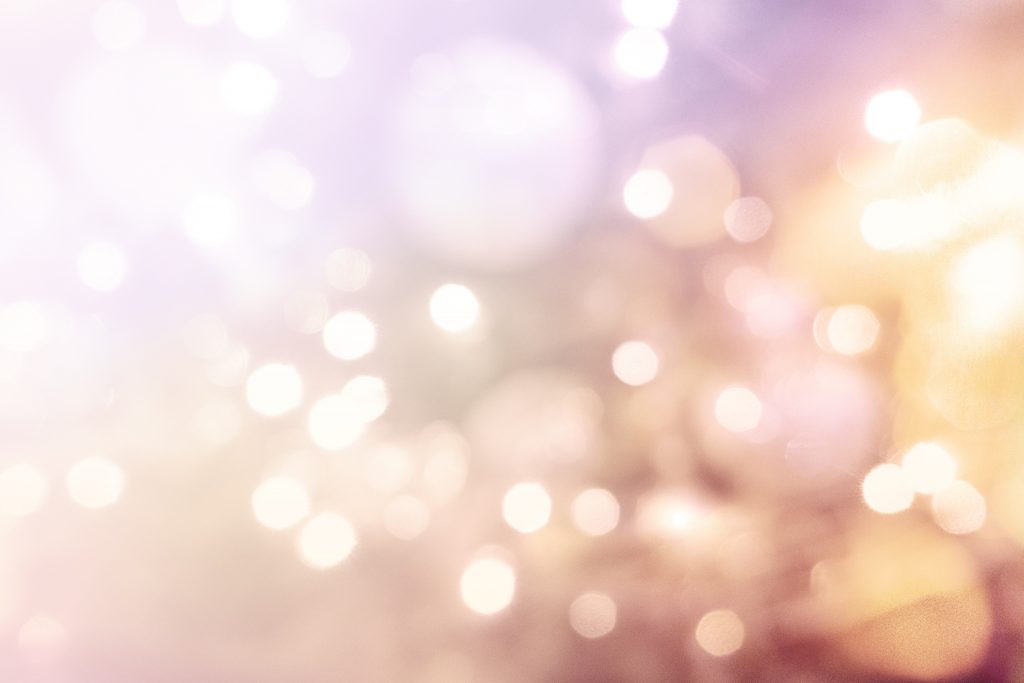
Bokeh
This is an optical effect that’s created by using a fast lens at a wide aperture. The result is a blurry background and spots of light that appear as soft shapes. The shapes of the light spots are determined by the number of blades in the camera’s diaphragm. A higher blade count creates more circular shapes.
Contrast
The contrast refers to the tonal difference between the shadows and lights of an image. A higher contrast emphasizes the differences, creating more potent colors. Lower contrast images tend to look dull or muted.
File Format
This refers to how a digital camera lens records the image. A raw file format saves the image as it was captured by the image sensor. For that reason, raw files contain more information than JPEGS. Joint Photographic Experts Group (JPEG) is a compressed file format that carries less information. Raw files tend to be more suitable for photo editing.
Metadata
Metadata includes all the essential information about an image. Such information includes the camera settings, copyright owner, focal length, keywords, resolution and more.
Noise
This is a visual effect that causes images to appear distorted. It appears as tiny colored specs on a photo. Noise is created when photos are shot at high ISO or very slow shutter speeds.
Pixel
Pixel is the smallest unit of color on a digital image. A single digital image consists of millions of pixels in varying colors and intensities. Pixels are created when light flows through the camera lens and is captured by the camera’s image sensor. One million pixels is equal to one megapixel. Generally, the higher the megapixels, the higher the image quality.
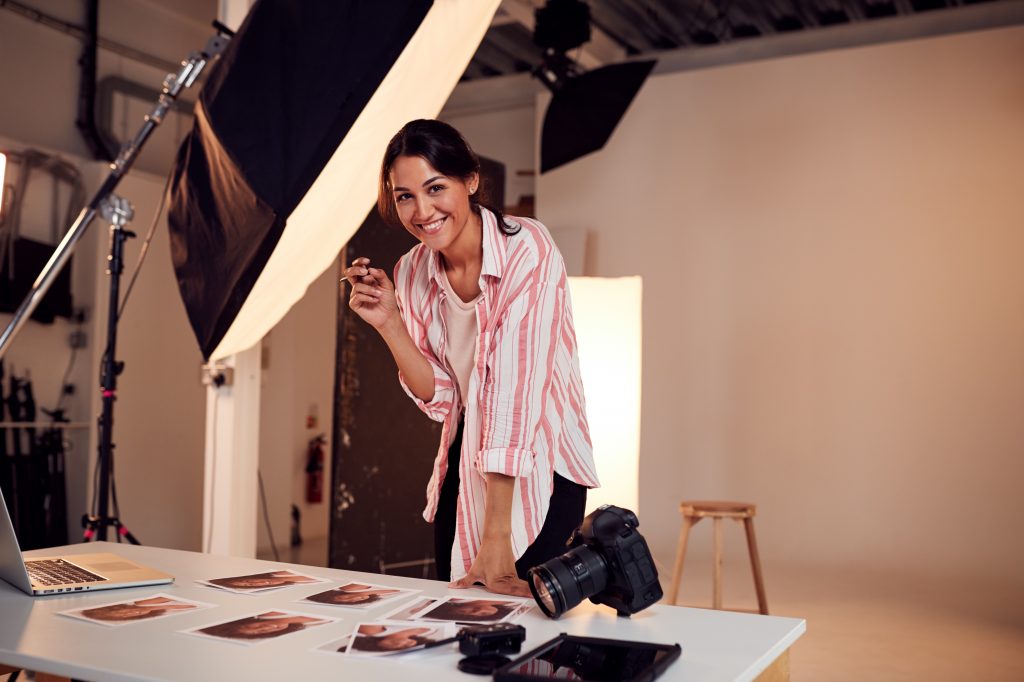
Resolution
Resolution refers to the pixel density that the image sensor can capture. Higher resolutions allow photographers to capture more detail in their photos. They are larger files and have millions of individual points of color. These are optimal images for printing. By contrast, low-resolution files provide quick visual references, and are much smaller files with less detail. These are often used for sending in an email.
Tonal Range
The tonal range describes the total number of tones in an image. A wide tonal range creates more image detail.
Watermark
A watermark on a photo or image often signifies copyright ownership. Photographers often use their logo or signature as a watermark.
Turning Photos Into Photo Books
With all this newfound knowledge, you’ll quickly build up a bank of professional-grade photos. Don’t let them sit idly on your computer. Turn those works of art into a photo book you can display. With the Motif app, it takes mere minutes to create a photo book. Motif seamlessly syncs with your macOS and iOS platform. It even curates your best photos and suggests optimal layouts for the book. Download the app and take your photography journey to the next level!

